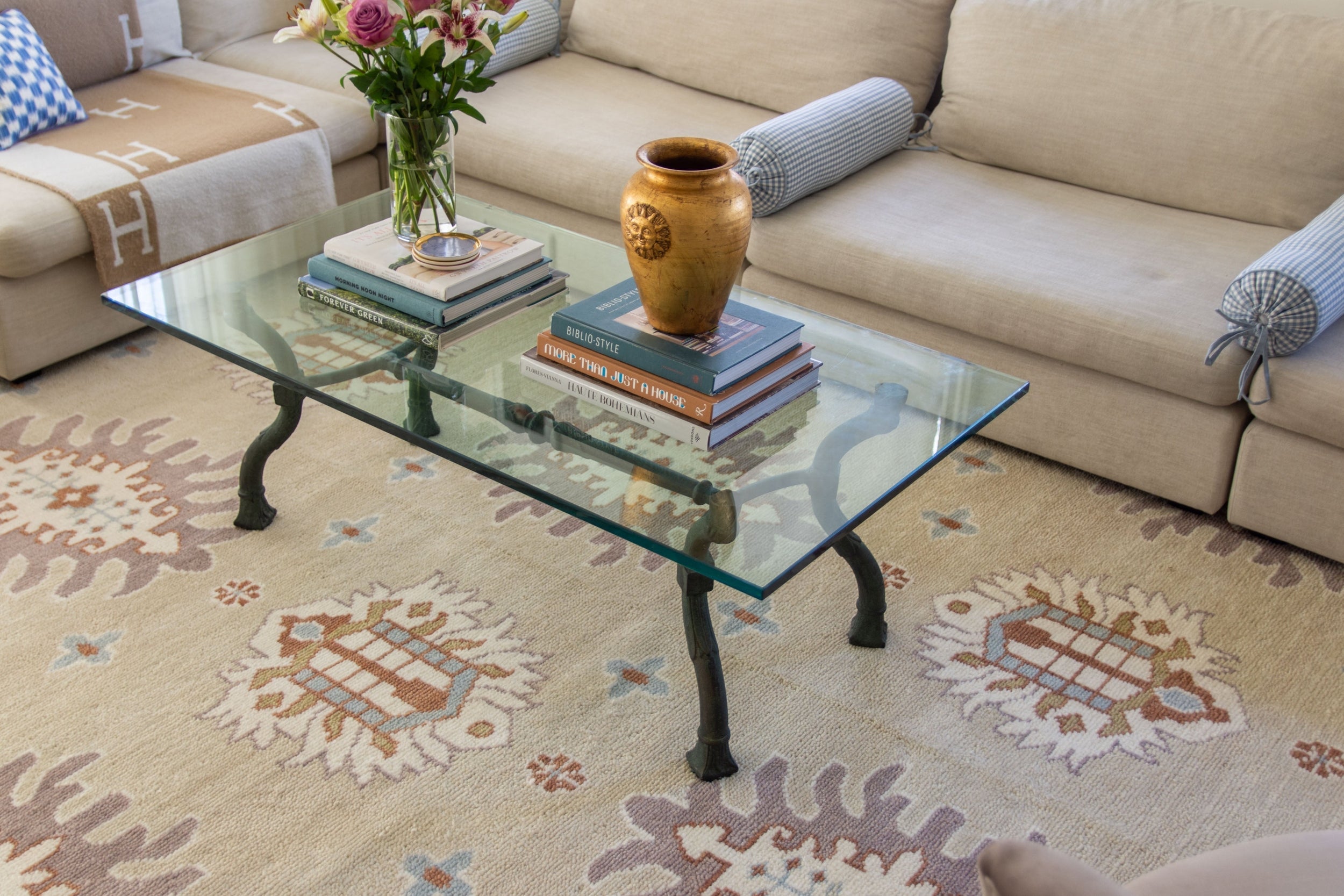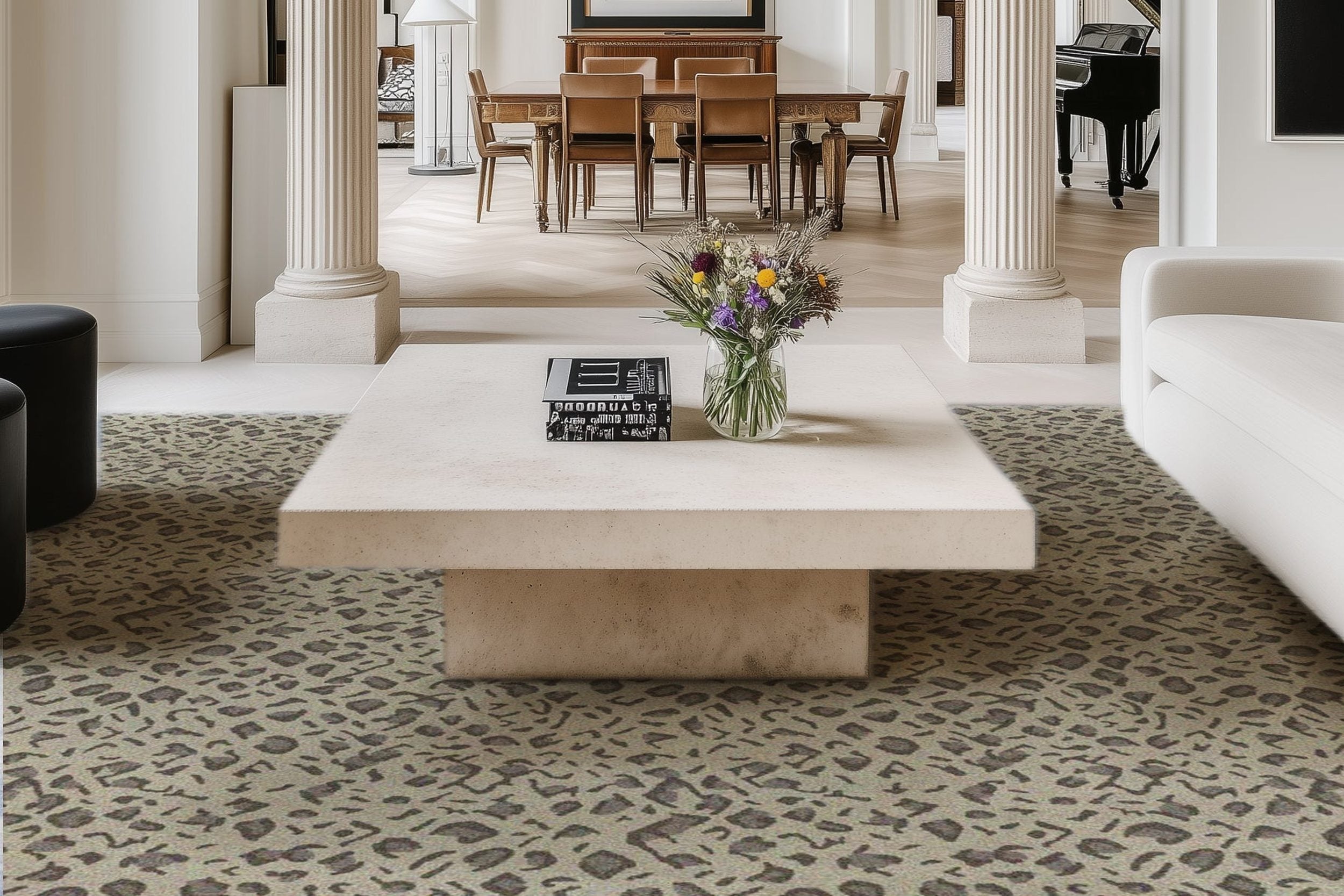The Impact of Roofing Materials on Interior Comfort
 When considering home improvements, roofing is often seen primarily as a protective element against the elements. The materials used in your roof can have a significant impact on the comfort of your home's interior. From regulating temperature to reducing noise, choosing the right roofing material goes beyond aesthetics and durability. Homeowners often overlook how much their roof affects heating and cooling efficiency, indoor humidity, and living comfort. Understanding the relationship between roofing materials and interior comfort can help you make informed decisions that improve your home environment while potentially lowering energy costs.
When considering home improvements, roofing is often seen primarily as a protective element against the elements. The materials used in your roof can have a significant impact on the comfort of your home's interior. From regulating temperature to reducing noise, choosing the right roofing material goes beyond aesthetics and durability. Homeowners often overlook how much their roof affects heating and cooling efficiency, indoor humidity, and living comfort. Understanding the relationship between roofing materials and interior comfort can help you make informed decisions that improve your home environment while potentially lowering energy costs.
Heat Regulation and Energy Efficiency
The choice of roofing material greatly influences a home’s temperature regulation. Light-colored or reflective roofing materials, such as metal or certain types of shingles, can reflect more sunlight and reduce heat absorption, keeping interiors cooler during hot months. Darker roofing materials may absorb more heat, making cooling systems work harder. Insulated roofing materials, such as composite shingles or clay tiles with underlayment, provide an additional barrier against extreme temperatures. According to experts in Monroe, homeowners who prioritize energy efficiency should consider materials that align with their local climate. Proper selection can reduce dependency on air conditioning and heating, directly contributing to a more comfortable interior environment.
Noise Reduction and Acoustic Comfort
Roofing materials play a key role in managing sound levels within a home. Metal roofs, while durable, tend to amplify rain and hail noise unless paired with a sound-deadening underlayment. Asphalt shingles, clay tiles, or slate often provide natural acoustic insulation, muffling external sounds. For homes in noisy neighborhoods or areas with frequent storms, the acoustic properties of roofing materials can enhance interior comfort. Working with roofing specialists can ensure the correct combination of material and underlayment is chosen to balance durability and noise reduction, creating a quieter and more peaceful living environment.
Moisture Control and Humidity Management
The ability of a roofing system to manage moisture directly affects indoor comfort. Materials that are resistant to water infiltration, such as metal, slate, and properly treated shingles, prevent leaks that can lead to dampness and mold growth inside the home. Excess moisture can make interiors feel humid and uncomfortable, as well as compromise air quality. Some roofing systems include breathable underlayments that allow for ventilation while keeping moisture out. Selecting roofing materials that promote proper water drainage and ventilation ensures a healthier indoor climate and maintains comfort even during heavy rainfall.
Durability and Long-Term Comfort
Long-lasting roofing materials contribute to sustained interior comfort by minimizing maintenance disruptions and protecting insulation. Materials such as clay, slate, and high-quality metal can withstand harsh weather conditions, preserving the roof’s thermal and acoustic properties. Frequent repairs or material degradation can compromise insulation efficiency, leading to fluctuating indoor temperatures and increased noise penetration. Investing in durable roofing ensures that interior comfort remains consistent over the years, avoiding unnecessary stress and discomfort caused by leaks, drafts, or water damage.
Aesthetic Influence on Psychological Comfort
While often overlooked, the visual appeal of roofing materials can impact psychological comfort. Homes with well-maintained, visually pleasing roofs create a sense of security and satisfaction, which in turn contributes to overall well-being. Materials that complement the home’s architecture and neighborhood environment enhance curb appeal and the homeowner’s sense of pride. Feeling comfortable in your own home is about physical temperature or acoustics, and about how the environment makes you feel. Choosing roofing materials that provide functional and aesthetic benefits can improve the comfort of living spaces.
Compatibility with Insulation Systems
The interaction between roofing materials and insulation systems significantly affects interior comfort. Some roofing materials work better with certain types of insulation, enhancing thermal regulation and energy efficiency. For example, metal roofs can be paired with reflective insulation to reduce heat transfer, while clay or concrete tiles benefit from ventilated roof spaces to prevent overheating. Collaborating with construction or roofing professionals ensures the chosen material complements existing insulation or allows for upgrades, maximizing comfort and energy savings. Proper integration supports consistent indoor temperatures and improves the livability of the home.
Roofing materials are more than just a barrier against rain and sun; they are integral to creating a comfortable and energy-efficient home. From regulating temperature and managing noise to controlling moisture and complementing insulation, the right choice of roofing material impacts nearly every aspect of indoor comfort. Durability and aesthetic appeal contribute to long-term satisfaction and well-being. Homeowners who carefully evaluate their options, taking into account climate, acoustic needs, and compatibility with insulation, can significantly enhance their living environment. Investing in the right roofing material pays dividends in protecting the home and in creating a healthier, quieter, and more comfortable interior space.
Browse by Category

Design Projects
Explore interiors from client work and personal renovations — layered, livable, and always in progress.
read more →
Collaborations
From product launches to styled spaces, discover the brand stories I’ve helped bring to life.
read more →
The Notebook
A growing archive of iconic designers, inspiring artists, and unforgettable design moments.
read more →
Travel by Design
Wander with a designer’s eye — from charming hotels and city guides to visual inspiration abroad.
read more →




